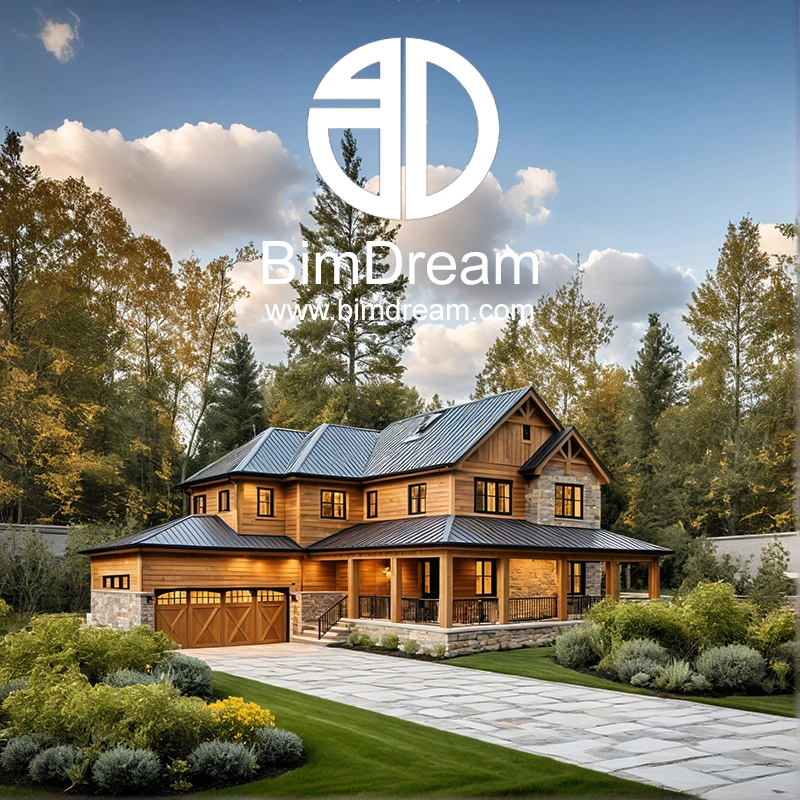Blog
Craftsman House Style
The Craftsman House Style: A Celebration of Simplicity and Craftsmanship
The Craftsman house style, an architectural movement that emerged in the early 20th century, remains a beloved and enduring design. Rooted in the Arts and Crafts movement, this style prioritizes simplicity, functionality, and high-quality craftsmanship. With its characteristic low-pitched roofs, exposed rafters, and inviting front porches, the Craftsman home embodies warmth and charm while celebrating natural materials and handcrafted details. This essay explores the origins, defining features, and lasting appeal of the Craftsman house style.
Origins and Historical Context
The Craftsman house style originated in the United States as part of the broader Arts and Crafts movement, which emerged in the late 19th century as a reaction against the industrial revolution and mass-produced goods. Inspired by English designers such as William Morris and the work of American architects like Gustav Stickley and the Greene brothers, the Craftsman movement emphasized the beauty of handcrafted materials and simplicity in design. The style gained popularity through Stickley’s magazine, The Craftsman, which published house plans and design ideas that encouraged the construction of these homes across the country.
Defining Features of Craftsman Homes
Craftsman homes are easily recognizable due to their distinctive architectural elements. One of the most prominent features is the low-pitched gabled or hipped roof with wide, overhanging eaves. Exposed rafters and decorative brackets add to the handcrafted aesthetic. The exterior often features a combination of natural materials such as wood, stone, and brick, enhancing the home’s organic integration with its surroundings.
A hallmark of the Craftsman home is its welcoming front porch, usually supported by tapered columns or stone piers. These porches create a transition between the outdoors and indoors, promoting relaxation and a connection with nature. Inside, Craftsman homes showcase open floor plans, built-in furniture, and extensive woodwork, including exposed beams, wainscoting, and custom cabinetry. Fireplaces often serve as focal points, emphasizing warmth and comfort.
Enduring Appeal and Modern Influence
Despite originating over a century ago, the Craftsman style continues to influence modern home design. Its emphasis on quality materials and functional beauty resonates with homeowners seeking authenticity and timeless appeal. The use of natural materials and efficient floor plans makes Craftsman homes both aesthetically pleasing and practical. Today, many new constructions incorporate Craftsman-inspired elements, blending classic features with modern conveniences.
In an era where mass production dominates, the Craftsman house style stands as a testament to the enduring value of handcrafted artistry and thoughtful design. Its influence can be seen in contemporary bungalows, suburban homes, and even urban residences that embrace the principles of simplicity, warmth, and harmony with nature.
The Craftsman house style remains a cherished architectural tradition that has stood the test of time. With its roots in the Arts and Crafts movement, this style prioritizes craftsmanship, functionality, and the use of natural materials. The distinct features of Craftsman homes, from their inviting porches to their rich interior woodwork, continue to captivate homeowners and architects alike. As a celebration of simplicity and artistry, the Craftsman style represents not only a home design but also a philosophy that values quality, beauty, and a deep connection to craftsmanship.

